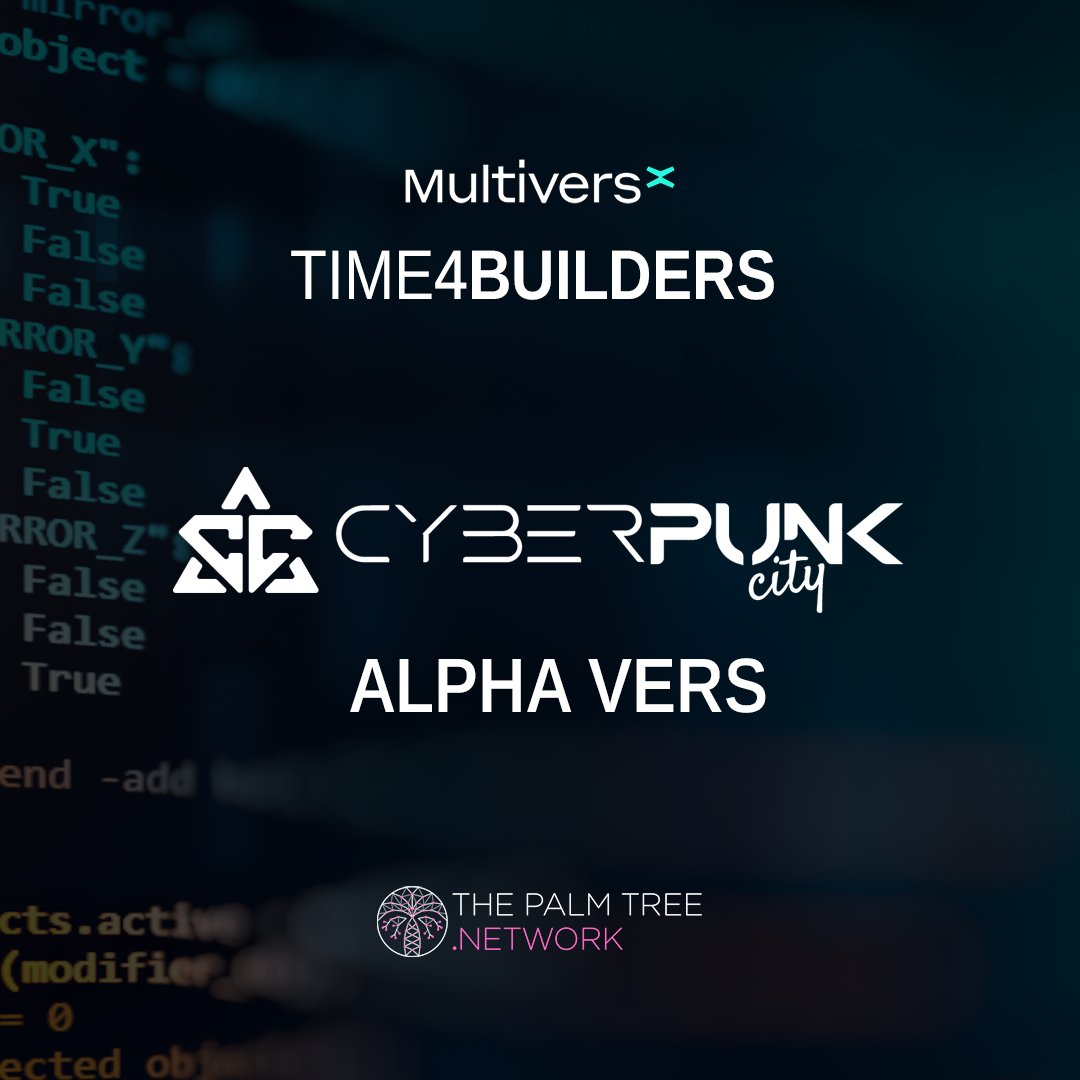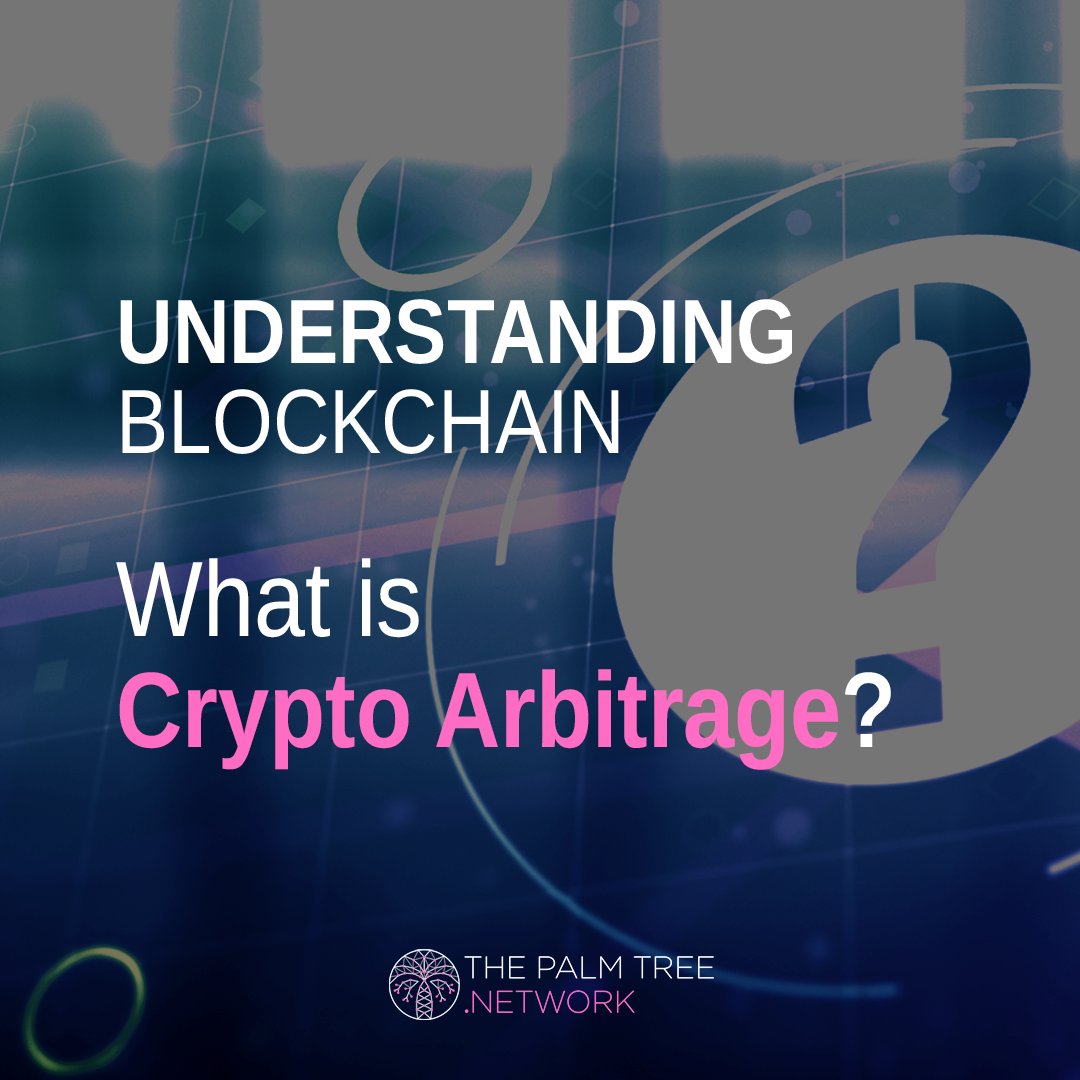1/10 Blockchain tech is composed of different layers, and #Layer1 is a fundamental part of this ecosystem.
It refers to the underlying infrastructure that serves as the foundation 4 a blockchain network, providing the basic functionality and sets the rules 4 the entire system
It refers to the underlying infrastructure that serves as the foundation 4 a blockchain network, providing the basic functionality and sets the rules 4 the entire system

2/10 Layer 1 blockchains, like @MultiversX, are often referred to as "base layer" or "on-chain" solutions. 📋
They handle key functions like:
✅ transaction #validation
✅#consensus mechanisms
✅maintaining the overall security and integrity of the blockchain.
#blockchain
They handle key functions like:
✅ transaction #validation
✅#consensus mechanisms
✅maintaining the overall security and integrity of the blockchain.
#blockchain
3/10 Layer 1 blockchains are designed to be
✅secure
✅decentralized
✅and immutable.
They have their own native #cryptocurrency 🪙 (in @MultiversX is $eGLD) and can support a wide range of applications and #smartcontracts.
✅secure
✅decentralized
✅and immutable.
They have their own native #cryptocurrency 🪙 (in @MultiversX is $eGLD) and can support a wide range of applications and #smartcontracts.
4/10 One key aspect of #Layer1blockchains is their consensus mechanism (how transactions are validated and added to the blockchain).
Some common consensus:
✅Proof of Work (PoW)
✅Proof of Stake (PoS)
✅Delegated Proof of Stake (DPoS).
✅Secure Proof of Stake (#MvX SPoS) ⚡️⚡️
Some common consensus:
✅Proof of Work (PoW)
✅Proof of Stake (PoS)
✅Delegated Proof of Stake (DPoS).
✅Secure Proof of Stake (#MvX SPoS) ⚡️⚡️
5/10 #SPoS is a @MultiversX innovation and an enhanced consensus mechanism.
It replaces complex problem-solving with reputation, stake, and node efficiency to select validators.
SPoS improves 🔐security and 📶efficiency compared to traditional proof-of-stake (#PoS).
It replaces complex problem-solving with reputation, stake, and node efficiency to select validators.
SPoS improves 🔐security and 📶efficiency compared to traditional proof-of-stake (#PoS).
6/10 Layer 1 blockchains also face challenges such as scalability and high transaction costs.
These limitations have led to the development of Layer 2 solutions, which aim to address these issues by building on top of Layer 1 blockchains.
#MvX solves it with a high innovation
These limitations have led to the development of Layer 2 solutions, which aim to address these issues by building on top of Layer 1 blockchains.
#MvX solves it with a high innovation
7/10 #MvX implements a comprehensive sharding solution (Adaptive State Sharding), combining network, transaction & state sharding.
It achieves scalability without compromising availability, enables fast dispatching & traceability, & ensures efficient & adaptable shard balancing
It achieves scalability without compromising availability, enables fast dispatching & traceability, & ensures efficient & adaptable shard balancing
8/10 #Layer2 solutions, such as state channels&sidechains, leverage the security & decentralization of #Layer1 blockchains while providing faster tx processing
They can offload some of the computation & storage from the main blockchain, improving scalability, not needed for MvX
They can offload some of the computation & storage from the main blockchain, improving scalability, not needed for MvX
9/10 Layer 1 and Layer 2 solutions work together to create a more robust and scalable blockchain ecosystem if Layer 1 lacks some needs.
Layer 1 blockchains serve as the foundation, while Layer 2 solutions provide additional scalability and efficiency, not need for @MultiversX
Layer 1 blockchains serve as the foundation, while Layer 2 solutions provide additional scalability and efficiency, not need for @MultiversX
10/10 🧐Understanding the different layers of a blockchain system, including Layer 1, is crucial for comprehending the overall architecture & potential of blockchain technology
👉Take a look at our post about #MvX sharding to understand how powerful it is
👉Take a look at our post about #MvX sharding to understand how powerful it is
https://twitter.com/ThePalmTreeNW/status/1642884403889156099
• • •
Missing some Tweet in this thread? You can try to
force a refresh

 Read on Twitter
Read on Twitter









